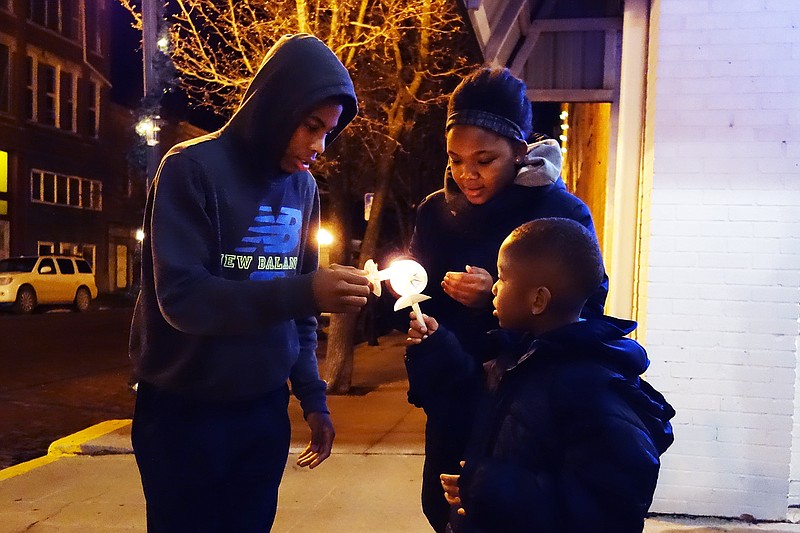Saturday's annual commemoration of the life of Celia will be full of song and story.
Since 2004, Callawegians have gathered regularly to remember Celia, a 19-year-old enslaved woman who killed her enslaver and rapist near Fulton in 1855.
This year's ceremony is planned for 6-8 p.m. Saturday at the Art House, 531 Court St. in Fulton. Though the event is free, there will be a cash bar and appetizers; donations will go toward the Art House.
This is the 114th anniversary of Celia's death, local history enthusiast Tom Clapp said.
"Communities tend to try to hide their dark sides," he said. "I'd lived here for 45 years before I heard about Celia."
Featured guests this year include singer-songwriter Narissa Bond, of Virginia, and University of Missouri doctoral candidate and historian Traci Wilson-Kleekamp.
Bond, a soprano, plays guitar with a tinge of blues, jazz and folk.
Wilson-Kleekamp has been researching Celia's descendants - a challenging proposition, as Celia's two were born into slavery. She'll share her research journey and results during the gathering.
Celia was 14 at the time of her purchase in 1850 by wealthy Callaway County farmer Robert Newsom. Newsom, whose wife had recently died, began raping Celia regularly and continued to do so over the course of the years, fathering at least one of Celia's children.
By 1855, Celia was romantically involved with George, another man enslaved by Newsom. After she became pregnant for a third time (it's unclear who fathered the child), George gave her an ultimatum: "quit the old man" or he'd have nothing more to do with her.
Celia begged Newsom to leave her alone, ultimately threatening to hurt him if he entered her cabin again. On the night of June 23, 1855, Newsom again came to Celia's cabin, where she managed to kill him by clubbing him with a large stick. She dismembered and attempted to burn the body. She was arrested within days, found guilty of murder by a jury of 12 white men and hanged Dec. 21.
As Clapp pointed out, the story of Celia has reached far beyond Callaway County. The 1999 book "Celia, a Slave" by Melton A. McLaurin is required reading in many college courses.
"The book's on 30-plus printings - my daughter had to read it in college," he said. "It's worth learning about because it's Callaway County history - it gives us perspective.

